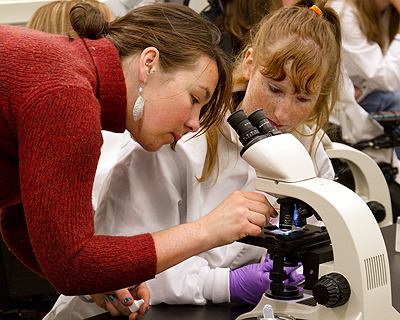Universal Design
Most groups in educational institutions, workplaces, and other settings are diverse with respect to background, cultural and gender identity, first language, socioeconomic status, age, abilities, learning preferences, and myriad other characteristics. All people have an intersecting identity made up of a variety of these unique facets.
